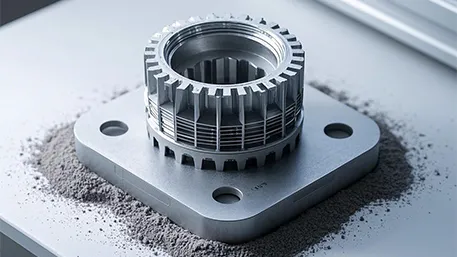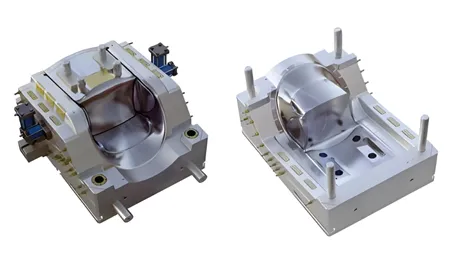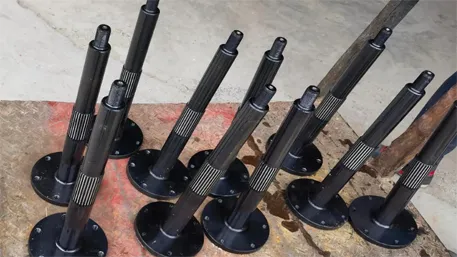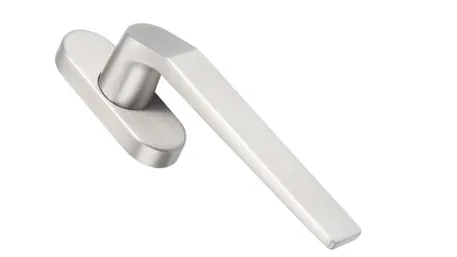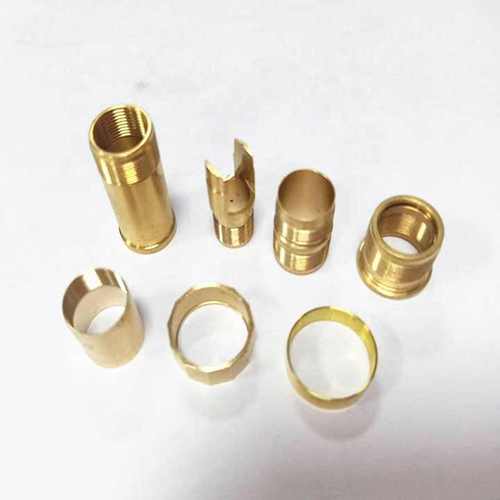Against the backdrop of the accelerated intelligent and green transformation of the global manufacturing industry, the injection molding die industry, as a core support of the industrial foundation, is undergoing a profound transformation from traditional manufacturing to intelligent manufacturing. Recent industry trends show that enterprises are reshaping the competitive landscape through technological innovation, market integration, and policy empowerment. However, they also face the dual challenges of intensified international competition and upgraded environmental protection requirements. This article will analyze the key paths of industry transformation from four dimensions: market integration, technological breakthroughs, policy coordination, and future trends.
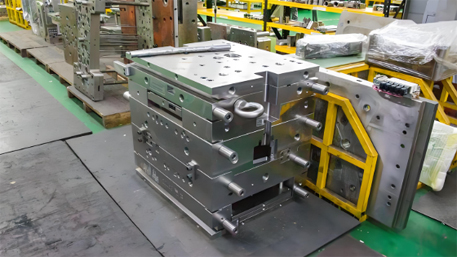
I. Market Integration: Global Layout Reconstructs the Industrial Ecosystem
Industry – leading enterprises are accelerating their global supply chain layout through cross – regional mergers and acquisitions and capacity optimization. For example, in 2025, Vico Technology invested 75.65 million yuan to build a production base in Malaysia. Combining its existing layouts in Germany, Mexico, and other places, it has formed a local service network covering Southeast Asia, Europe, and the United States, significantly improving the response speed to international orders. Data shows that in the past year, leading enterprises have increased their average production capacity by 8% – 10% through technological upgrades and capacity integration. Some enterprises, such as Wanrong Packaging, have achieved a 60% increase in the production capacity of a single device and a 20% reduction in unit energy consumption through the “8 + 8 stack – mold technology”, demonstrating the direct driving effect of intelligent transformation on market competitiveness.
This integration trend is not only reflected in capacity expansion but also in the collaborative innovation of the industrial chain. The Innovation Consortium for Machine Tools and Molds established in Dongguan, jointly formed by more than 20 enterprises and universities including Jugang Precision and Huazhong University of Science and Technology, is tackling “bottleneck” technologies such as hot – pressing forming molds for new – energy vehicles. It is expected to drive new sales revenue of over 2 billion yuan. This model marks the industry’s shift from single – point breakthroughs to collaborative innovation across the industrial chain, forming a closed – loop ecosystem of “technology research and development – achievement transformation – market application”.
II. Technological Breakthroughs: Dual – Driven by Intelligence and Greenness
Technological innovation has become the core driving force for industry transformation. The popularization of high – precision CNC machining and AI simulation technologies has increased the precision of new intelligent molds by 15% – 20% and production efficiency by more than 30%. The “lights – out factory” practice of Wanrong Packaging is particularly outstanding. Through a fully automated production line and an intelligent inspection system, it can produce one injection – molded cup every 0.6 seconds, with the annual order volume increasing by 50% year – on – year, demonstrating the dual empowerment of intelligent manufacturing on production capacity and quality.
The concept of green manufacturing has promoted the innovation of materials and processes. The large – scale aluminum alloy box metal – mold casting technology pioneered by Ningbo Heli Technology has increased the material recycling rate by 40%, contributing to automotive lightweighting. The micro – cell foaming mold technology of Qingdao Haitake has reduced the product weight by 20% and energy consumption by 15%. At the same time, battery recycling technology has become a new focus. The environmental protection regulations suggestions on battery recycling put forward by the team of entrepreneur Liu Yongyue from Zhejiang are promoting the industry’s transformation towards a resource – recycling – based development model.
III. Policy Coordination: Dividend Release and Risk Response
The state and local governments are injecting impetus into industry transformation through policies such as tax incentives and special funds. The “Measures for the High – Quality Development of the Mold Industry” introduced by Dongguan in 2024 rewards leading enterprises with a maximum of 10 million yuan and sets up a 5 – million – yuan R & D subsidy, directly driving enterprises to update equipment and carry out technological research. Huangyan District, through policies such as additional deductions for R & D expenses and value – added tax exemptions, has reduced the burden on enterprises by over 10 million yuan in the past three years, enabling enterprises like Jingcheng Times to introduce internationally advanced equipment and bring their fine – processing technology in line with the world – class level.
However, international trade frictions remain a concern. The 337 investigation launched by the US ITC on Chinese injection – molding machines exposes the competitive barriers in the high – end technology field. Enterprises need to accelerate the layout of technology patents with the support of policies. For example, Wanrong Packaging has accumulated 64 patents covering the entire chain of mold design, inspection systems, etc., providing technological reserves for international competition.
IV. Future Trends: Integrated Innovation and Sustainable Development
The industry will show three major trends in the future: First, the in – depth application of AI and digital twin technologies will realize the full – process intelligence of mold design, production, and maintenance. Predictive maintenance can reduce downtime by more than 30%. Second, lightweight materials and low – carbon processes will become the mainstream. Segmented fields such as biodegradable plastic molds and special molds for photovoltaic modules will develop rapidly. Third, the integration of the industrial chain will be promoted in depth. The innovation consortium model will accelerate the transformation of technological achievements. For example, the Dongguan Innovation Consortium plans to break through 5 key technologies within 3 years, driving the overall upgrade of the industrial chain.
Challenges and opportunities coexist. Enterprises need to strike a balance among technology research and development, cost control, and environmental compliance. As Liu Yongyue said, “Chinese molds need to forge core competitiveness from a global perspective.” Through continuous innovation and open cooperation, the industry is expected to form a dual – advantage pattern of “intelligence + greenness” before 2030, providing a Chinese solution for the transformation and upgrading of the global manufacturing industry.
Conclusion
The intelligent transformation of the injection molding die industry has entered a critical stage. Enterprises need to take technological innovation as the engine and policy coordination as the support to seize the commanding heights in global competition. In the future, those enterprises that can deeply integrate digital technologies, practice the concept of green manufacturing, and build a collaborative innovation ecosystem will become the leading forces in industry transformation.

